Peru is known for its rich biodiversity, and the Tambopata National Reserve is a prime example of this. Unveil the wonders of Tambopata Reserve, a hidden gem of the Amazon rainforest. Dive into the rich biodiversity, lush landscapes, and extraordinary wildlife encounters. Here’s everything you need to know about this stunning natural wonder in detail, including its history, location, ecology, and conservation efforts.
Tambopata National Reserve, is a protected area located in southeastern Peru. Covering an area of 274,690 hectares, it is one of the most biologically diverse areas on the planet, with over 10,000 species of plants, 1,200 species of butterflies, 600 species of birds, and 200 species of mammals.
Tambopata is situated between the Andes Mountains to the west and the Amazon Basin to the east and is home to a variety of ecosystems, including tropical rainforests, cloud forests, and palm swamps. The reserve is home to several rivers, including the Tambopata and the Madre de dios River, which are both tributaries of the Amazon River. Is also home to several lakes, including Sandoval and Valencia Lake. It was established in 2000 to protect the unique and fragile ecosystems of the Amazon rainforest, which are under threat from deforestation, mining, and other human activities.
The history of the Tambopata region dates back thousands of years. The indigenous communities that live in the area have a deep connection with the land, and have been practicing sustainable farming and hunting techniques for generations. However, with the arrival of colonizers in the 19th century, the area underwent significant changes. The exploitation of rubber and gold led to deforestation and ecological destruction, which had a lasting impact on the environment.

The Tambopata has a tropical climate, with high temperatures and high humidity throughout the year. The average temperature is around 27°C (81°F), with rainfall averaging between 1,500 and 2,500 mm (59 to 98 inches) per year. The region receives heavy rainfall during the rainy season, which lasts from November to April. The dry season, which lasts from May to October, is characterized by cooler temperatures and less rainfall. The reserve is also home to the Tambopata River, which flows through the heart of the reserve and is the second major source of water for the surrounding area.
Tambopata is home to an incredible diversity of plant and animal species, many of which are found nowhere else in the world. The reserve is part of the Western Amazon, which is known for its high species diversity and endemism. The rainforest in Tambopata Reserve is characterized by tall trees, dense undergrowth, and a complex network of rivers and streams.
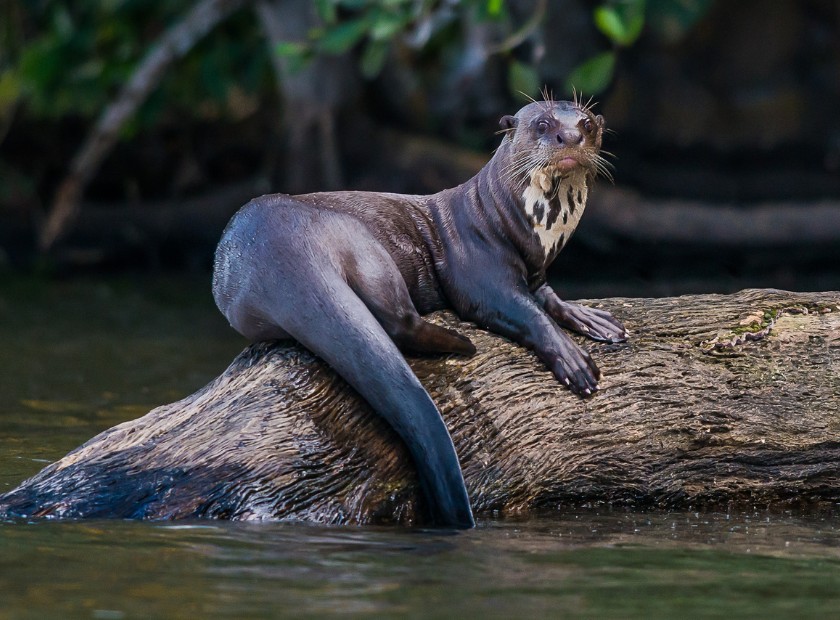
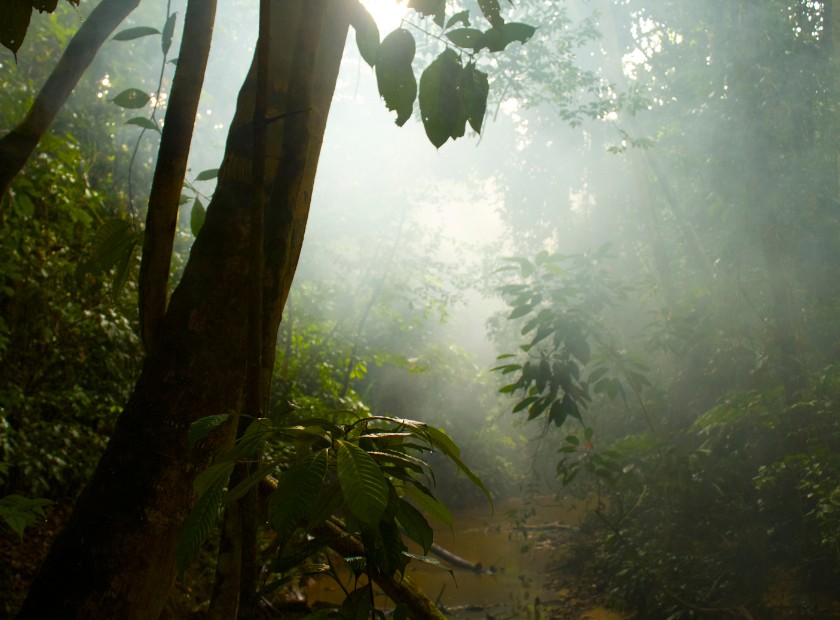
The Tambopata National Reserve is known for its rich biodiversity, and it is home to a vast array of animal species, including mammals, birds, reptiles, and insects. Some of the common mammal species found in the reserve include jaguars, pumas, tapirs, and capybaras. The reserve is also home to a variety of monkey species, including howler monkeys, spider monkeys, and capuchin monkeys. The rivers of the reserve are home to a variety of fish species, including piranhas and catfish.
This protected area is a birdwatcher’s paradise, and it is home to more than 600 bird species. Some of the common bird species found in the reserve include macaws, toucans, parrots, and hummingbirds. Tambopata is also home to a variety of reptile species and insects, including caimans, anacondas, boa constrictors, butterflies, beetles, and spiders.
The Reserve is also a home to a vast array of plant species, including trees, shrubs, and herbs. The tropical rainforests of the reserve are dominated by tall trees, which can grow up to 60 meters in height. Some of the common tree species found in the reserve include mahogany, cedar, and brazil nut. The understory of the forest is home to a variety of shrubs and herbs, including bromeliads and orchids. The palm swamps of the reserve are dominated by palm trees, which are a source of food and shelter for many animal species.
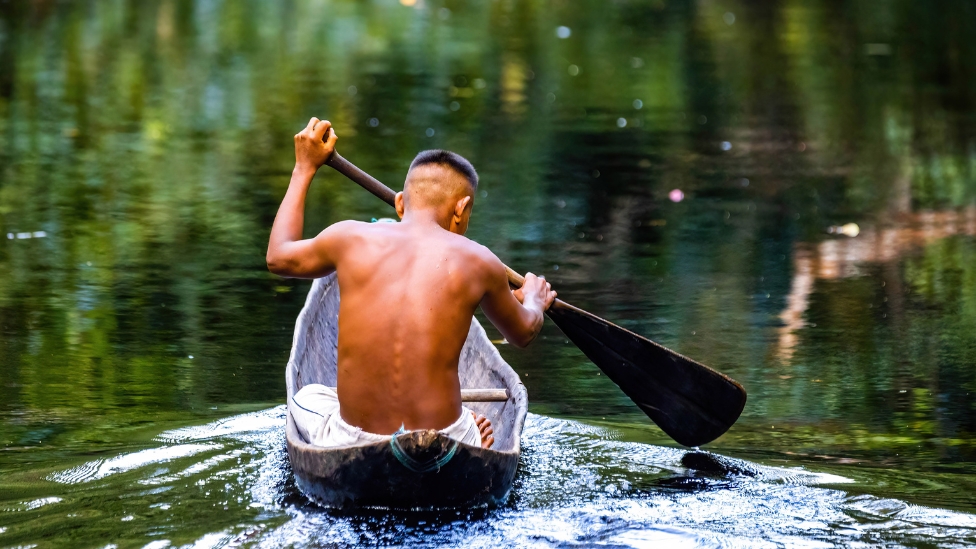
The Reserve is also home to several indigenous communities, including the Ese’eja and the Harakmbut. These communities have lived in the region for thousands of years, and they have a deep understanding of the rainforest and its ecosystem.
These communities rely on the natural resources of the reserve for their livelihoods, including fishing, hunting, and farming. In recognition of the importance of these communities, the Peruvian government has implemented policies to protect their rights and ensure their involvement in the management of the reserve. Travelers to the reserve can learn about the traditions and customs of these communities, and can even participate in cultural activities such as weaving, hunting, and fishing.
The Tambopata National Reserve is an incredibly important area for conservation. It is home to several endangered species, including the giant river otter, the harpy eagle, and the jaguar. In addition, the reserve is also an important carbon sink, helping to mitigate the effects of climate change by sequestering carbon from the atmosphere.
Several conservation organizations work within the reserve to protect its biodiversity. One of the most significant conservation efforts in the reserve is the Tambopata Macaw Project. This project aims to protect the macaw population in the area, which has been threatened by deforestation and poaching. The project has been successful in protecting the macaws, and visitors to the reserve can witness the majestic birds in their natural habitat. These efforts are crucial for protecting the rainforest and its biodiversity, and for ensuring that it remains a natural wonder for generations to come.
Despite the protection afforded by the reserve, the Amazon rainforest remains under threat from human activities, including mining, deforestation, and climate change. By visiting Tambopata Reserve, tourists can help to support conservation efforts in the region and contribute to the sustainable development of local communities.
The Tambopata National Reserve is also an important destination for ecotourism. The reserve offers travelers the opportunity to experience the beauty and diversity of the Amazon rainforest while also supporting conservation efforts in the area. The reserve is home to several iconic species, including jaguars, giant river otters, and macaws. Visitors can take guided tours through the reserve to see these animals in their natural habitats.
One of the most popular attractions in the reserve is the Sandoval Lake. The lake is home to a variety of aquatic animals, including giant otters, caimans, and piranhas. Visitors can take boat tours on the lake and observe the wildlife from a safe distance.
Another popular attraction in the reserve is the Chuncho Clay Lick. The clay lick is located along the Tambopata River and is a popular spot for birdwatchers and photographers. The site is known for attracting macaws, parrots, and other bird species, which come to the clay lick to eat minerals that are essential for their diet.
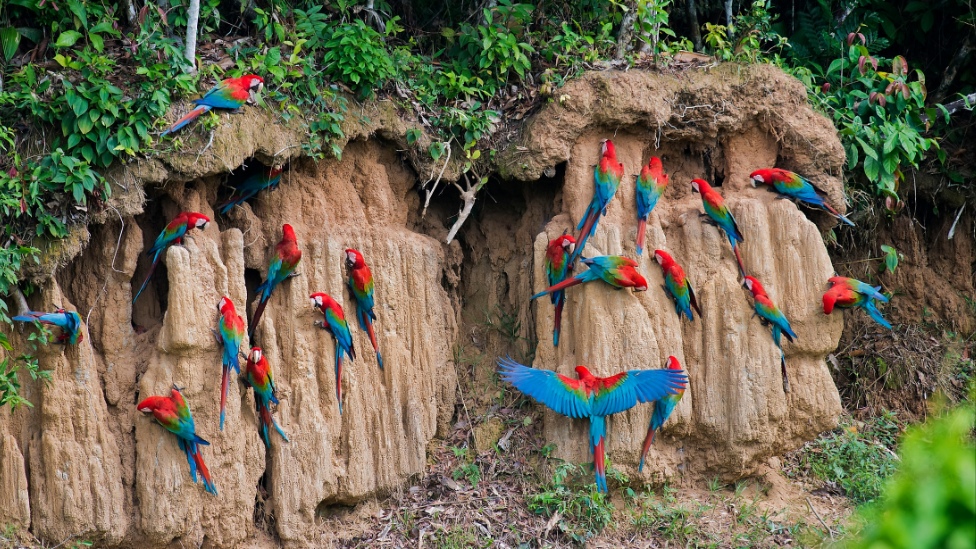
Despite its many attractions, the Tambopata Reserve remains a relatively unknown destination compared to other Amazonian regions. This is partly due to its remote location, as the reserve is only accessible by boat. However, for those willing to make the journey, the Tambopata Reserve offers a unique and unforgettable experience of the Amazon rainforest.
Take a flight to Puerto Maldonado, the nearest major city to the reserve, and then take a boat up the Tambopata River or down the Madre de dios River to your lodge. This is a popular and relatively fast way to reach the reserve, and many lodges and tour operators offer airport pickups and boat transfers for their guests.
Overland and boat: Another option is to travel overland from Cusco or Puno, and then take a boat either the Tambopata or Madre de dios River to the reserve. This route takes longer than the first option but can be a more scenic and adventurous way to reach the reserve, with opportunities to see rural communities, forests, and wildlife along the way. This option is better suited for travelers with more time and a spirit of exploration.
Travelers to Tambopata National Reserve can participate in a wide variety of activities, including hiking, birdwatching, fishing, canoeing, photo-safari and wildlife spotting. There are several trails that lead into the rainforest, ranging from easy walks to challenging treks. Along the way, you’ll have the chance to see some of the reserve’s most iconic species, including the giant otter, the caiman, and the jaguar.
One of the most popular activities in the reserve is wildlife viewing, with travelers able to see a vast array of animals and birds in their natural habitat. Guided Expeditions are available, with experienced guides able to provide insights into the behavior and ecology of the animals and plants found in the reserve.
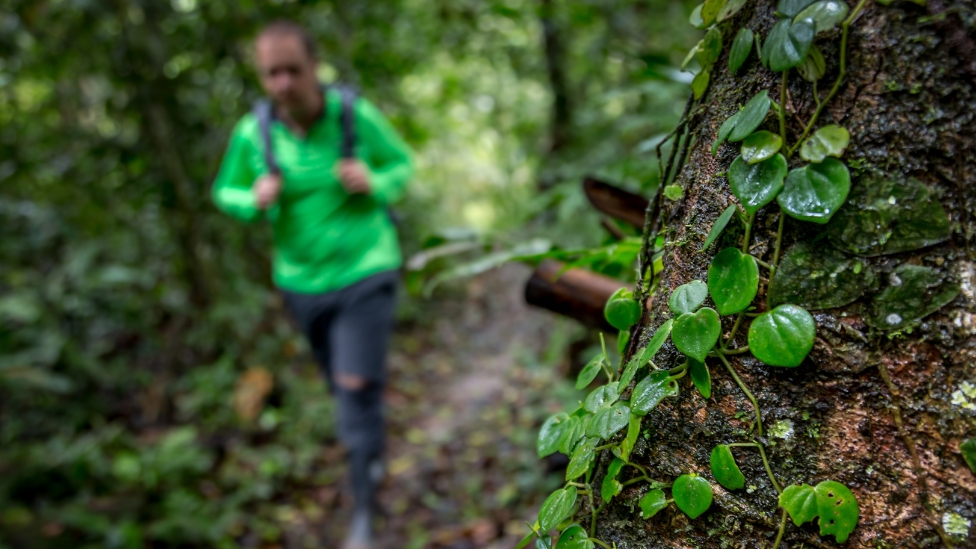
Tambopata Reserve is a different world at night, with different animals and sounds than during the day. You can go on guided night walks to see creatures such as tarantulas, frogs, and nocturnal mammals.
Overall, Tambopata National Reserve is a biodiverse and unique region that offers visitors a glimpse into the beauty and complexity of the Amazon rainforest. From its diverse wildlife and ecosystems to its conservation efforts and sustainable tourism practices, Tambopata National Reserve is a destination that should be on every nature lover’s bucket list. If you’re planning an Expedition to Peru, don’t miss the opportunity to explore this stunning natural wonder.